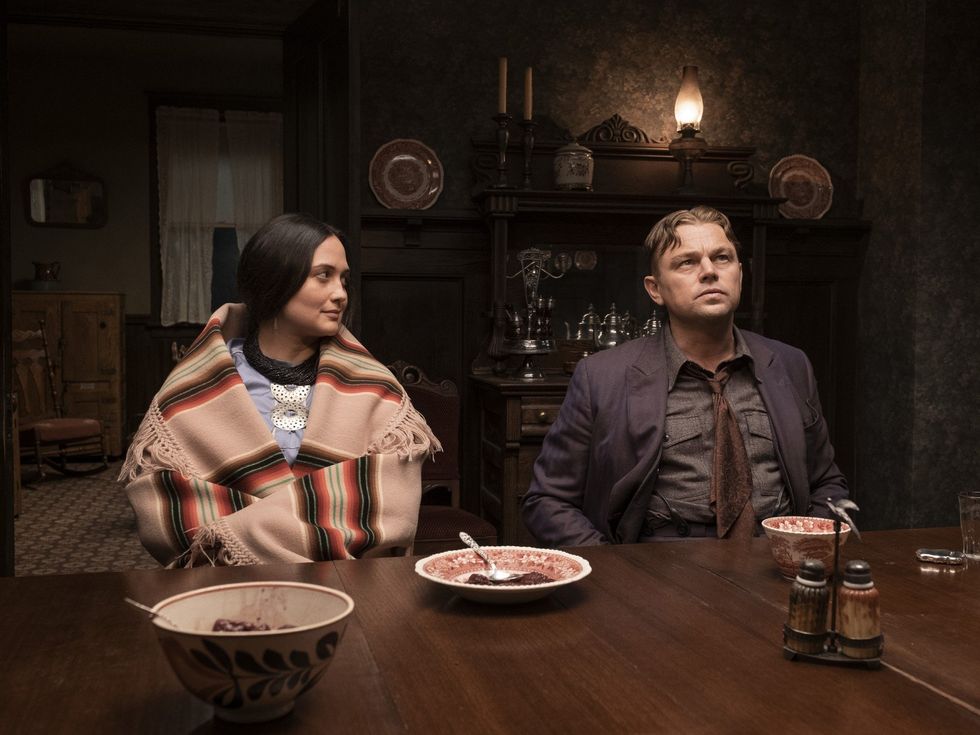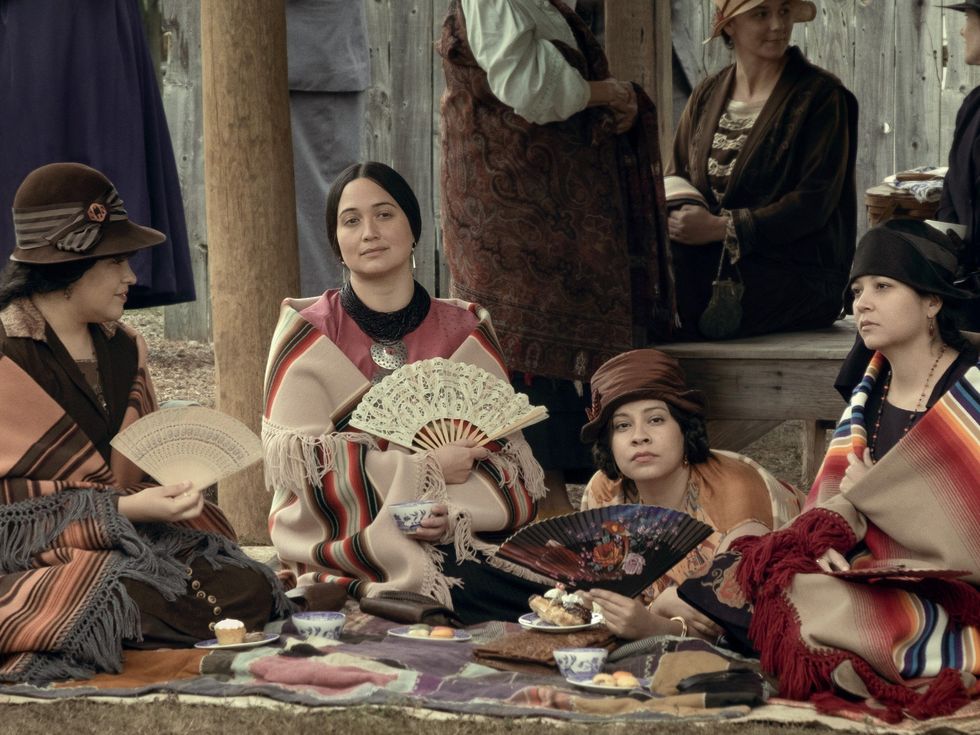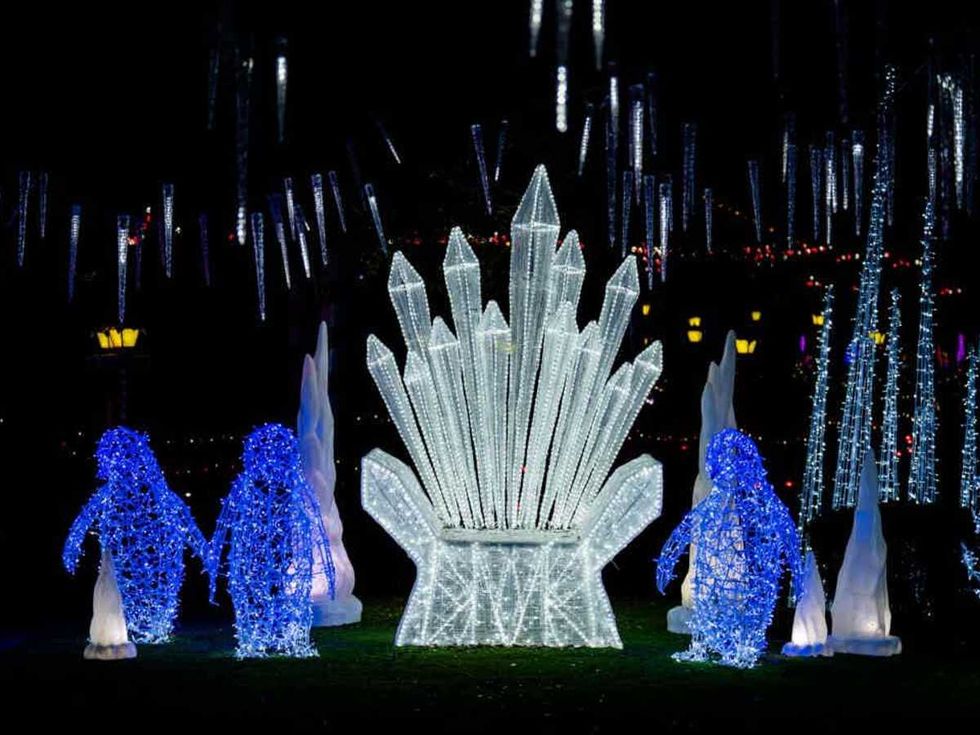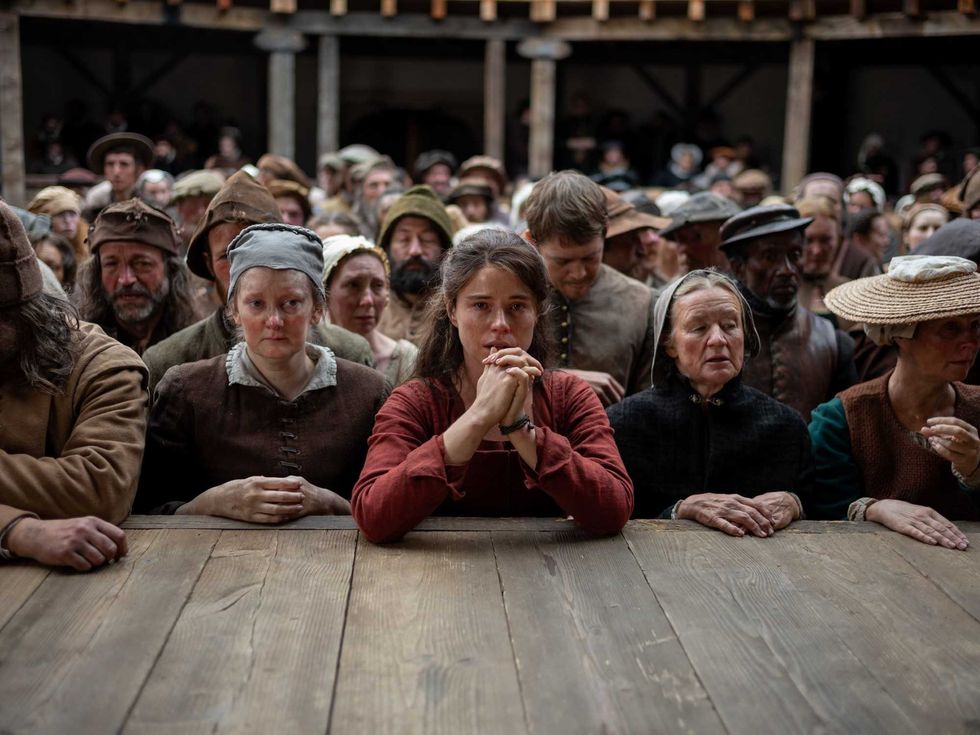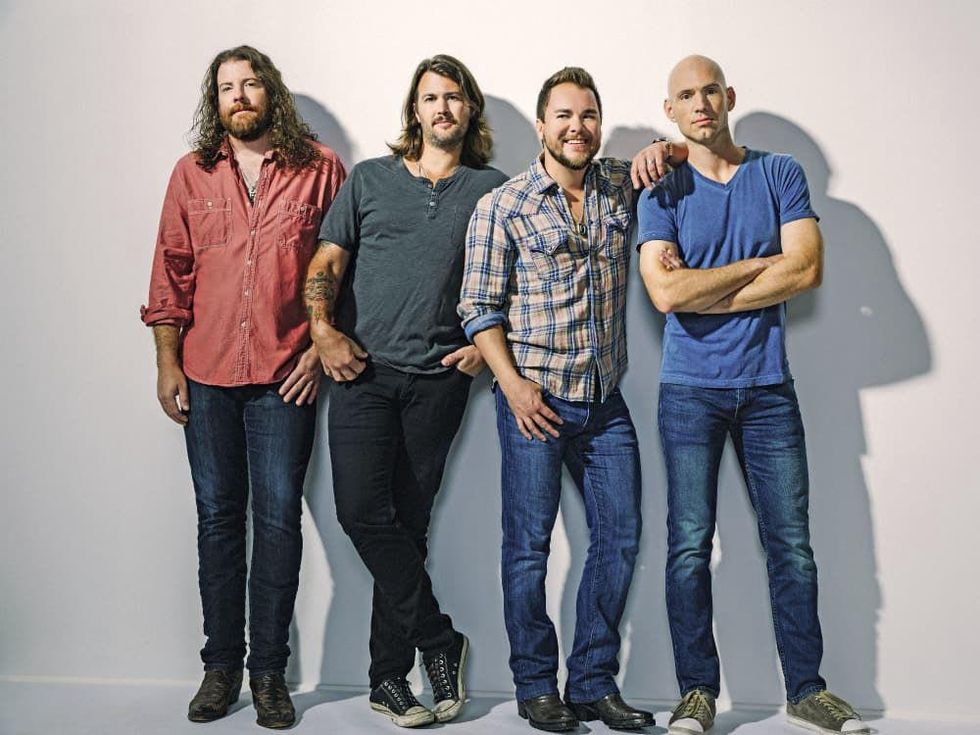Movie Review
Scorsese reunites with Leo and Bobby in Killers of the Flower Moon
The atrocities committed by white people on Native Americans in what is now the United States are legion, and the true depth of the crimes can likely never be told. Writer/director Martin Scorsese’s new film, Killers of the Flower Moon (based on the non-fiction book by David Grann), attempts to detail a particularly heinous chapter in that history, with mixed results.
While the victims in this story are members of the Osage tribe, the story centers on Ernest Burkhart (Leonardo DiCaprio), a white man who’s returned home to Oklahoma from war in the late 1910s to live with his uncle, William “King” Hale (Robert De Niro). Hale has ensconced himself with members of the Osage, who have become extremely wealthy in the previous 20 years when oil was discovered on their land.
With all Osage owning “headrights” to the oil, the only possible way for any white people to get in on that money is by marrying one of the Osage. Encouraged by King, Ernest begins a relationship with Mollie (Lily Gladstone), whose family – which includes multiple sisters – is a prime target for gold-diggers. It’s not long, though, before members of Mollie’s family and others start dying, and with white corruption surrounding them, there’s little they can do stop things.
Given his long and award-laden career, it’s tempting to give Scorsese and co-writer Eric Roth the benefit of the doubt, that they have the best of intentions in telling this particular story. And they do an effective job at demonstrating just how much the Osage were taken advantage of, not just in sham relationships and murder, but also guardianship laws in which many Osage, including Mollie, were deemed “incompetent,” leaving them unable to control their own money.
But it’s difficult to get around the idea that the film puts the bad guys front and center. The Osage are clearly a big part of the story, but their presence feels minimized. Mollie is heard listing those who’ve been killed recently, but with no context for viewers as to who they were or what they meant to their families and/or community. Ernest, King, and their white cohorts get most of the attention, while the Osage are shunted aside as murder victims or side characters.
This is par for the course for Scorsese, whose biggest films have all featured criminals as the main characters. But when the victims of the crimes are omnipresent and not afforded the background scenes that make them into fully fleshed-out characters, it removes almost all emotion and cheapens the story. The film clocks in at almost three-and-a-half hours; how a filmmaker could make a movie that long and not provide at least equal time to arguably the most important characters is baffling.
Even the treatment of Ernest is a little confusing, as it’s hard to get a handle on what type of person he’s supposed to be. The criminal conspiracy that he’s supposed to be a part of never comes into sharp focus, as Scorsese and Roth fill the film with a lot of vague details until the end of the film, when everything comes out in a rush.
DiCaprio’s performance may be a little divisive, as the somewhat dim-witted character plays in a lot of shades of gray, never coming down as fully good or bad. Gladstone often feels stronger than DiCaprio, as she tries to remain stoic while facing a variety of trying situations. De Niro, who’s felt like a parody of himself in recent years, turns in his best role in a long time.
Killers of the Flower Moon had an opportunity to shine a light on some detestable history that might not be well-known, and even though it does that to a degree, Scorsese’s preference for putting antagonists first undermines the overall story. His visual filmmaking prowess remains a strength, but it’s not matched this time around by his storytelling.
---
Killers of the Flower Moon opens in theaters on October 20.
